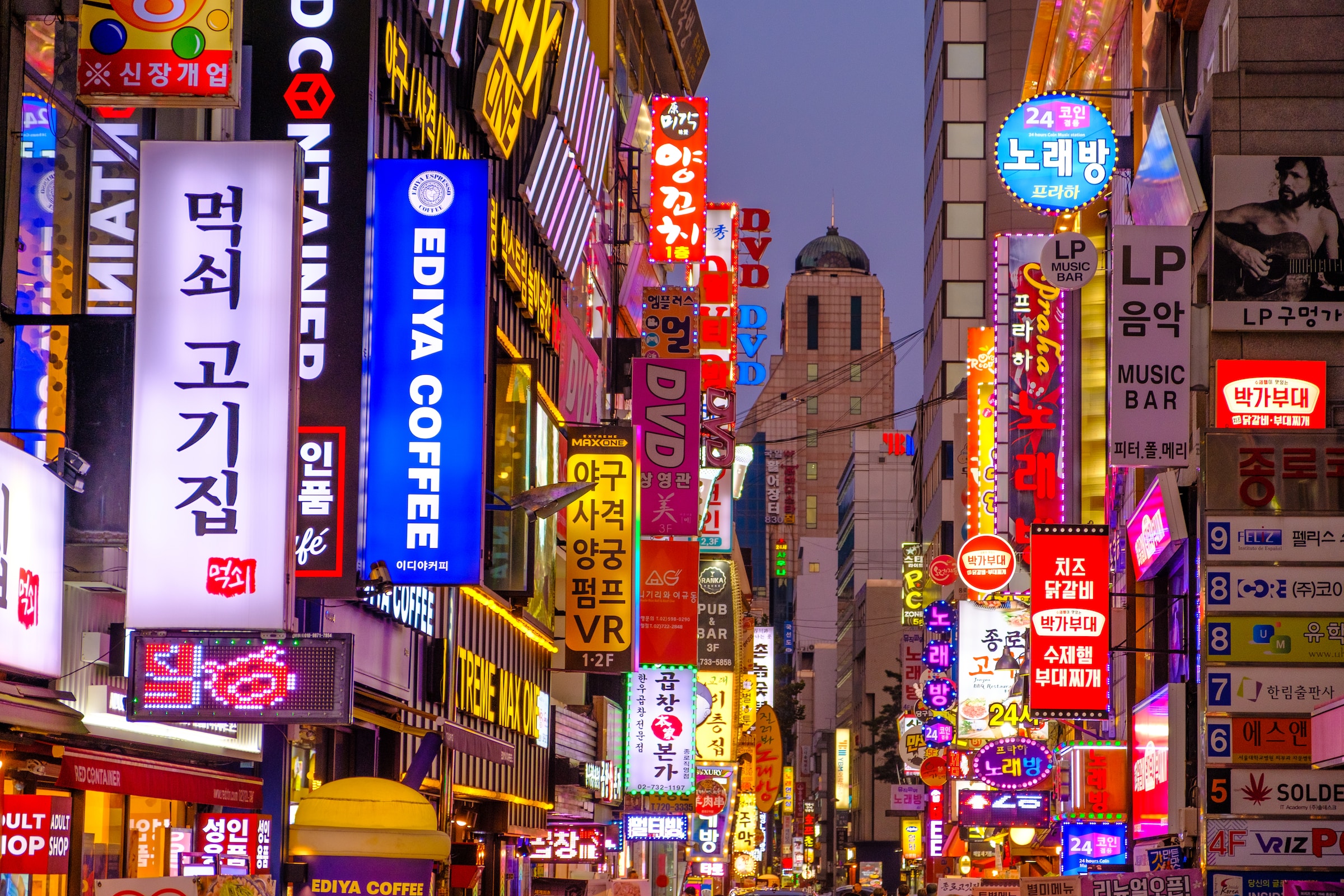When purchasing products in South Korea, there are several important criteria to consider, such as price, function, and brand reputation. However, there is an additional factor that is critical – fun – especially among the funsumers (펀슈머). The term “funsumer”, a fusion of the words “fun” and “consumer”, refers to individuals who are not only interested in buying goods but intentionally seek out products that they consider to have a “fun” concept, beyond just their practical use. Funsumers also share their experiences through social media or word of mouth, allowing a product to go viral for both positive and negative reasons. This can greatly impact both companies involved and industries in general. Therefore, paying attention to the funsumers in South Korea is essential.
Exploring experiential marketing to understand funsumers in South Korea
The term fun marketing is similar to experiential marketing or engagement marketing, which aims to engage with consumers directly and entice them to take part in a brand experience. In South Korea, it emerged in the early 2000s, initially relying on one-way methods like humorous TV ads and Commercial Message songs. However, the rise of social media, including Instagram and YouTube, led to the evolution of fun marketing techniques incorporating wordplay, memes, and movie quotes. Today, products with these elements still hold a strong appeal.
There are three types of fun marketing according to Sungkyunkwan University:
- Dank marketing: creating funny advertisements to update brand perceptions and utilizes memes that can go viral quickly on social media.
- Unusual collaborations: collaboration between two businesses within completely unrelated product categories, which attracts customers’ attention by surprising them with an unexpected pairing.
- Copy marketing: copies the shape of an entirely unrelated product to create fun.
MZ generation makes up South Korea’s funsumers
The majority of funsumers in South Korea belong to the MZ generation (MZ세대), consisting of both Millennials and Generation Z. This generation prioritizes personal fulfillment, has strong self-love, and desire a playful experience. They are also not afraid to spend their money on items that suit their interests and to share their experiences with others. This consumer group embraces a “flex” consumption trend, demonstrating a preference for luxury goods and sensitivity to trends.
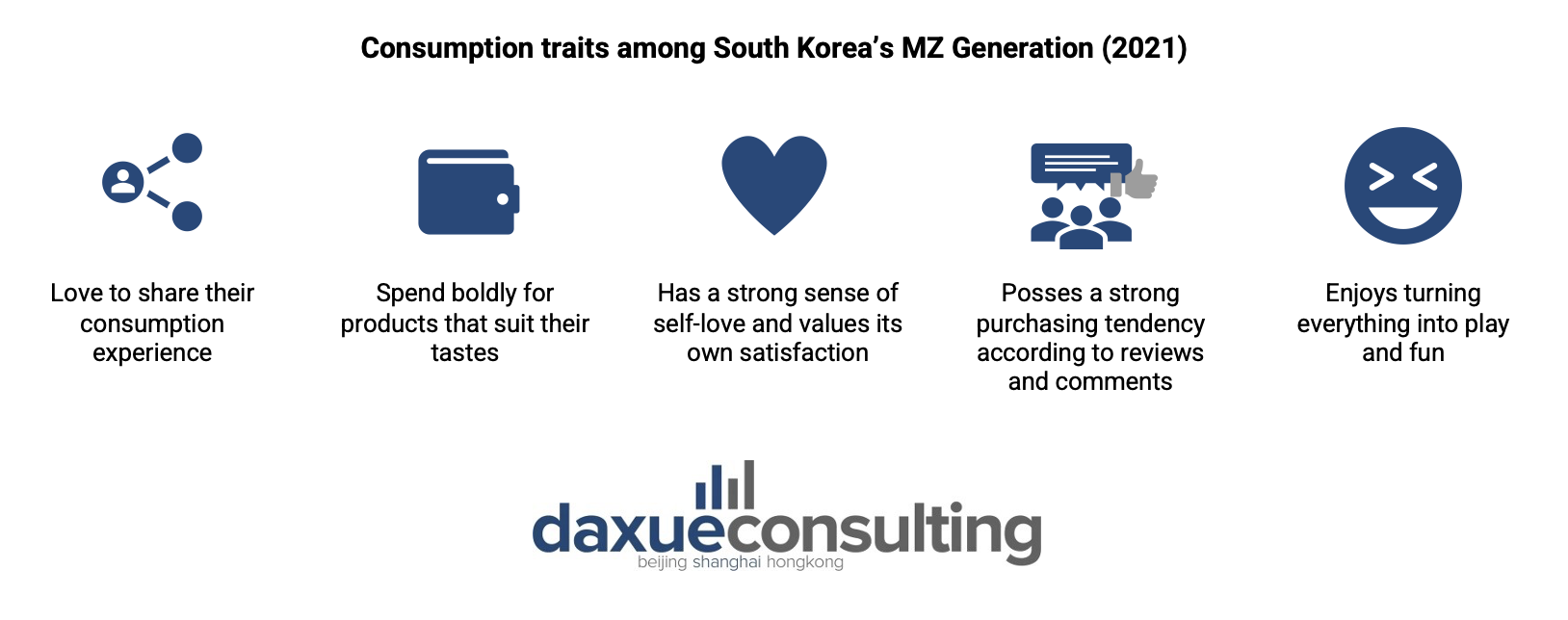
More brands are launching non-conventional products to reach funsumers in South Korea
Drink and play: An unusual collaboration to engage gamers and funsumers
Brands across industries collaborate to target new consumers and use synergy to create more fun. In the growing alcoholic drinks market, for example, BeerK (비어케이), an importer and distributor of a famous Chinese beer brand Tsingtao, collaborated with Nexon, a Japanese-South Korean video game publisher, to release the Tsingtao Dungeon Fighter Edition. Through this “unusual collaborations” marketing strategy, BeerK sought to increase customer engagement with gamers, going beyond regular beer drinkers. It particularly embodies the “fun+consumer” trend of the MZ generation, which actively participates in spreading fun and exotic experiences.
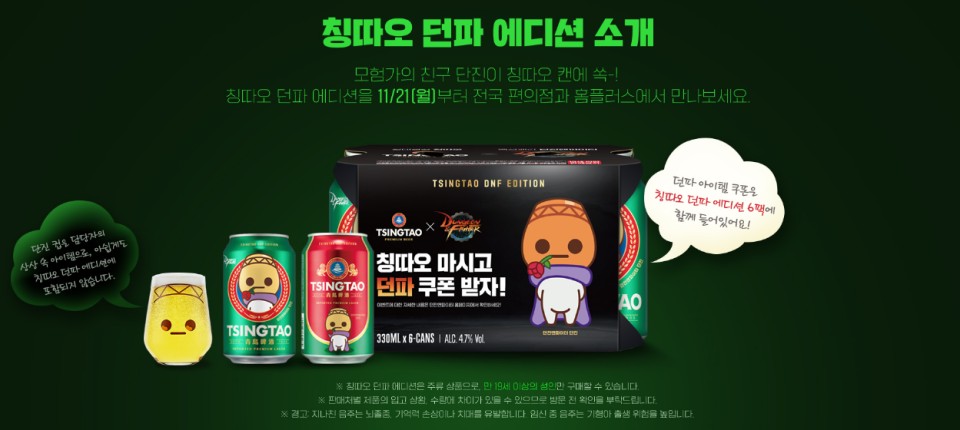
Collaborating with brands that share similar features
Companies also attract the attention of funsumers by igniting fun through items that are unrelated to the brand yet have familiar elements. Gompyo (곰표), a 70-year-old flour brand, successfully implemented this strategy by partnering with businesses in other lines such as those in the fashion and stationery, that have share similar “white” features such as a “clean image”, being edible, and containing flour.
Targeting consumers in different age groups
Brands can also target consumers of different age groups and create a fun experience. In Korea’s F&B market, Haitai (해태), a large confectionery and food company, launched an ice-cream version to appeal to both the younger and older generations. The company transformed the sweet red bean jelly, typically enjoyed by older generations, into an ice cream flavor that is typically preferred by younger generations.

Unique feature: Seizing attention with unusual product names
Products with attractive packaging or those with fresh, entertaining components can appeal to funsumers. Burger King has recently captured significant attention with its latest product, and one aspect that has particularly stood out is its remarkably unique and lengthy name: the Quattro Maximum Meat Focused Amazing Ultimate Grilled Patty of the Biggest Four Super Meat Freak.

How pop-up stores are connecting with South Korea’s funsumers from city to city
Pop-up stores have become a popular way for brands to increase exposure and engagement with their existing and potential funsumers in South Korea. This is achieved by opening multiple stores in different cities, offering limited edition or unique products, and providing entertainment activities to attract customers.
Opening pop-up stores across different cities allows brands to increase their exposure and engage with consumers within a short period. These stores may require a fairly low initial cost, allowing a business to start up quickly with little financial risk. Additionally, they can offer exclusive versions or limited editions of their products that are not available in their existing stores, incentivizing customers to visit them. In order to create an even more immersive experience, some pop-up stores may also feature a range of entertainment and interactive services, such as arcade games, photo booths, and merchandise sales.
Jinro’s toad mascot pop-up stores target MZ Generation funsumers
HiteJinro Co., Ltd., a South Korean multinational beverage, brewing, and distiller company, has effectively capitalized on the funsumer trend with its old toad mascot called “Jinro (진로)”. In 2020, it became the first in the liquor industry in South Korea to open a pop-up store, and it continued to open more over ten cities, including Busan, Incheon, and Gangneung, quickly gaining popularity. The MZ generation funsumers particularly responded strongly and explosively. Exclusive products featuring the toad mascot were in high demand, and daily lines formed at the quick photo booth where customers could take pictures with Jinro’s toad figures and share them on social media.
Within three years and eight months of its debut in April 2019, Jinro topped 1.4 billion bottles in cumulative sales. This means that around 12 bottles were sold every second. The successful use of the toad character in igniting curiosity among the funsumers.
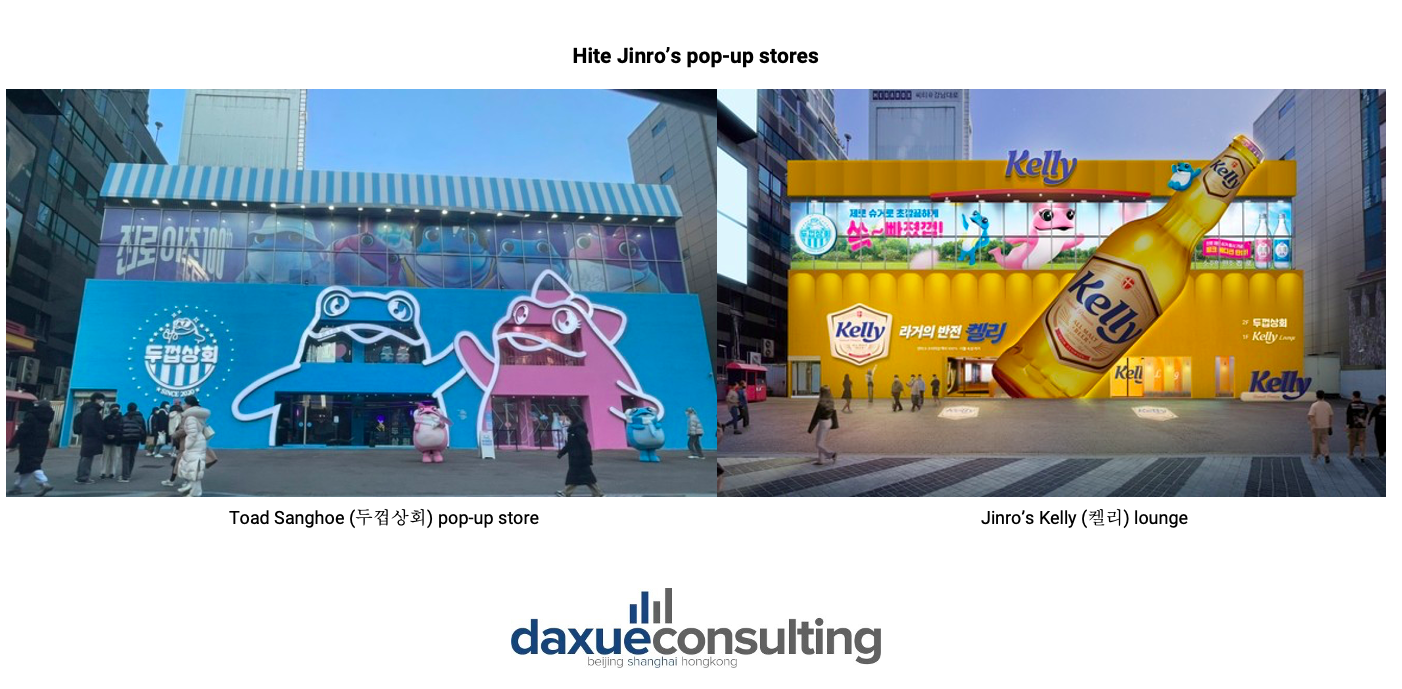
Companies should be mindful of the possibility of misconstruction when catering products for South Korea’s funsumers
It is crucial to consider the potential effects on various consumer groups and avoid causing confusion or misunderstandings, especially for vulnerable groups like children and the elderly, when implementing innovative marketing strategies. For instance, Monami (모나미), the prominent stationery company in South Korea, made headlines when they introduced a line of beverages inspired by their well-known permanent markers. However, this decision faced backlash and criticism over concerns that children might confuse the markers for actual drinks, posing a potential safety risk.
Similarly, LG Household & Health Care (LG생활건강) encountered a similar issue during their collaboration with Seoul Milk (서울우유) when they released a body wash product. The problem arose due to the striking similarity between the package design of the body wash and Seoul Milk’s milk packaging. Therefore, when a picture of LG’s body wash product next to Soul Milk’s milk appeared on SNS, netizens expressed concern that anyone who might mistake the product for real milk, such as young children and the elderly, might ingest it.
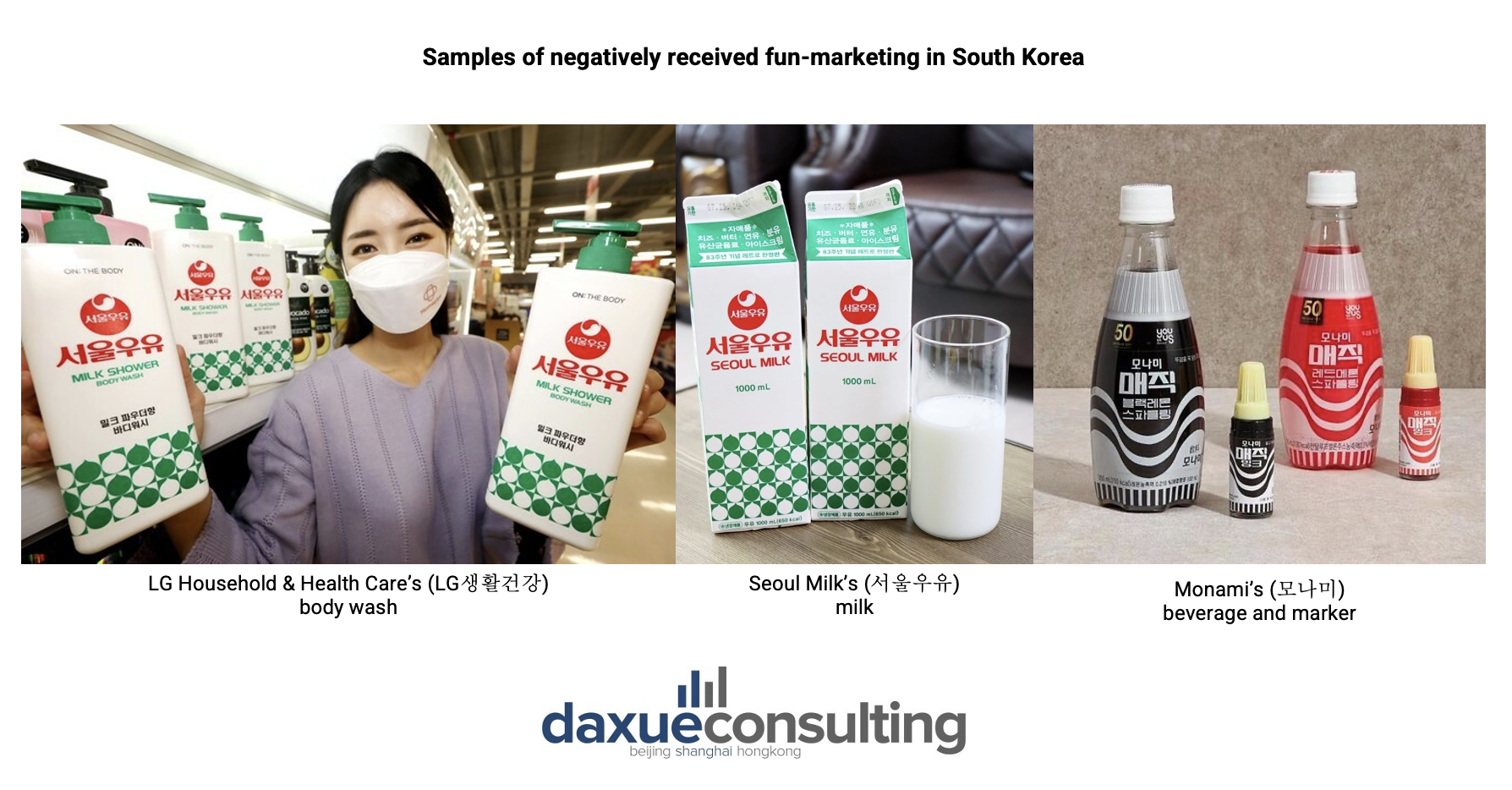
How to captivate the funsumers in South Korea:
- The term funsumers refers to consumers that are interested in more than just purchasing goods, they are interested in the consumption experience in addition to buying and using the products.
- Fun marketing in South Korea can be divided into three different classifications: dank marketing, unusual collaborations, and copy marketing.
- The MZ generation is the main force of the funsumer trend in South Korea. This group enjoys trying on new fun experiences and loves sharing their consumption experience on social media.
- Brands approach funsumers in various ways, from collaborations with companies in other industries to coming up with unique product features. Yet, it is crucial to always make sure that their innovative marketing does not arouse confusion among susceptible groups such as the elderly and children.
Enter your email to download our full Korea Consumer Trends report



